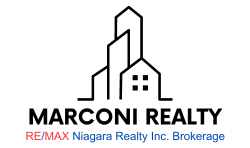Commercial real estate includes property used for business purposes. Different types of commercial properties include:
- Office – The Building Owners and Managers Association (BOMA) outlines how buildings are classified. For example, buildings are classified as either Class A, Class A+, Class B, or Class C, based on the location, quality of technology, and finishes.
- Retail – These stores vary from small, independent operators to large, big box operations, for example: big box stores, shopping centres, outlet malls and main street retail.
- Industrial – Uses vary from manufacturing to warehousing to transportation.
- Multi-residential – Any residential structure that has more than one dwelling unit. Traditionally, four units or less are handled more like single family residential, by contrast, five or more units are treated and financed as a commercial transaction.
- Farm – Involves agriculture (the production of goods through farming).
- Recreational – A broad array of property types from lodges to larger, mixed-use resort properties. Examples include camp grounds, B&Bs, and trailer parks.
- Institutional – Examples include banks, schools, and hospitals.
- Hospitality – Examples include hotels, motels, and lodges.
- Vacant land – Land development is regulated by the Planning Act and can involve provincial statutes, municipal official plans, and zoning bylaws, among other procedures.
- Mixed-use developments – For example, commercial-residential-retail properties which involve two or more revenue-producing uses, such as retail or office, etc.
Comments are closed

